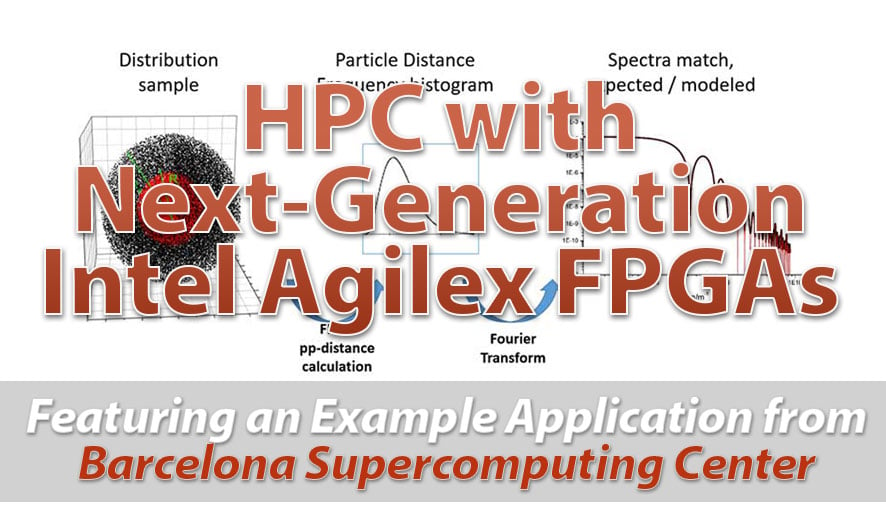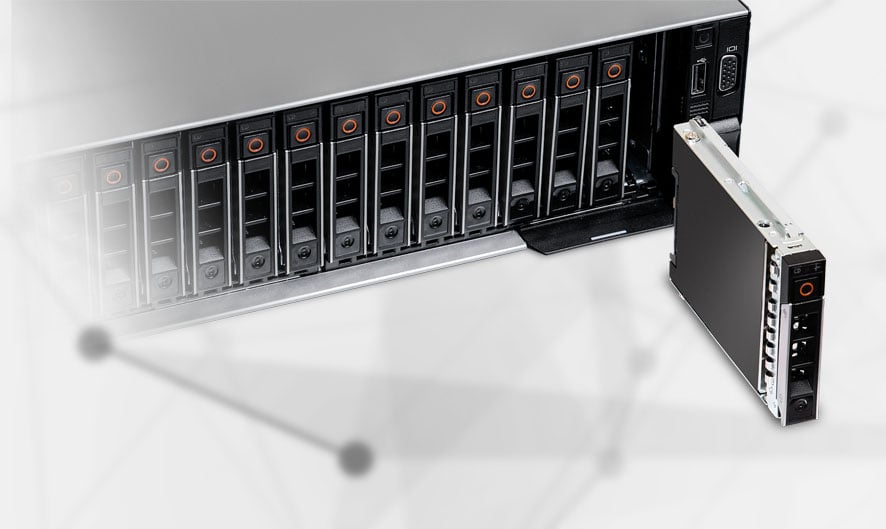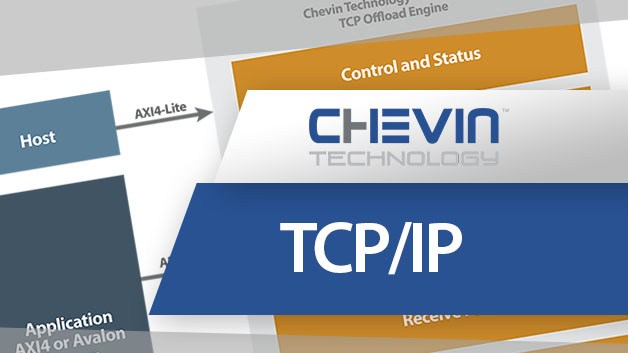
Webinar: HPC with Next-Generation Intel Agilex FPGAs
BittWare On-Demand Webinar High Performance Computing with Next-Generation Intel® Agilex™ FPGAs
There are many streaming data sources customers want to capture or record, but achieving this at high speed (100+ Gb/s) is challenging—that is where we can help!
Any sensor data that can be transported via ethernet frames can be captured and recorded by BittWare’s Data Capture and Recorder architectural concepts.
This can include video, RF or virtually any other sensor or network data.
Do you need analog conversion to or from digital? Our RFX-8440 card might be an excellent fit!
For Data Capture (concepts #1 and #2 below), sensor data passes through the FPGA and CPU to host DDR4 DRAM memory.
The capture depth is typically limited to seconds for high data rates. DDR4 DRAM is relatively expensive.
Processed or raw sensor data can also be recorded on disk. We present several recorder architecture concepts as shown below.
The smallest and least complex architectural approach is to capture sensor data straight to host memory. Software on the host schedules the data for processing by multiple CPU cores.
Click here to learn more about Data Capture in our white paper.
The simplest architecture to record at high bandwidth, this approach extends the Data Capture of concept #1 by enabling the data captured in host memory to be streamed out to storage devices for recording
Capture & Record data beyond the limits of host DDR memory capacity
No limit to the number of NVMe drives – enables easy capacity expansion
Maximum recording rate a function of the storage array’s maximum streaming write bandwidth
In this architecture, the FPGA PCIe card streams data into the NVMe array on the same PCIe root complex as the CPU. This allows data flow to bypass host memory under software control while minimizing CPU impact.
Avoids the complexity and expense of FPGA direct-attached NVMe
Enable the use of an external NVMe JBOD box connected to the host through a PCIe expansion card
Leverages Linux p2pmem (newer kernels)
In this architecture, the FPGA sends the sensor data directly to a network-attached commercial NAS server via NVMe-oF.
Allows use of commercial NAS Servers
This concept leverages NVMe-oF inside the FPGA
Most commercial NAS servers are limited to under 100 Gb/s for sustained line rates
This concept takes the most resources inside the FPGA
Learn more about 100G Data Capture with our white paper and download the detailed App Note describing its operation. You can also download the Capture project on the Developer website.
Details on our NVMe High-Speed Data Capture and Recorder are available upon request. Get in touch with us to learn more!
"*" indicates required fields

BittWare On-Demand Webinar High Performance Computing with Next-Generation Intel® Agilex™ FPGAs

For a data recorder, how many drives are required for a given sustained data rate? Find the answer in this informative white paper.

Go Back to IP & Solutions TCP/IP Offload Ethernet IP The TCP/IP (Transmission Control Protocol/ Internet Protocol) is an Ethernet IP core for FPGAs that
IA-440i 400G + PCIe Gen5 Single-Width Card Compact 400G Card with the Power of Agilex The Intel Agilex 7 I-Series FPGAs are optimized for applications